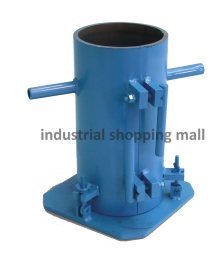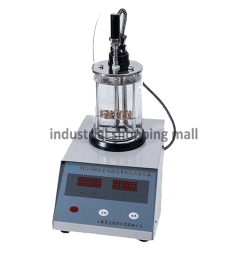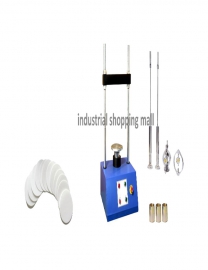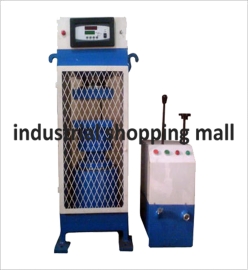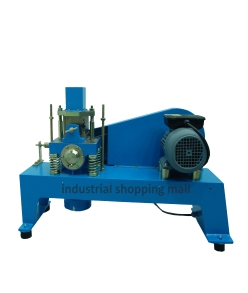Cone Penetrometer For Mortar
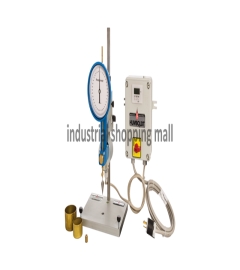
Introduction of cone penetrometer for mortar: The cone infiltration or cone penetrometer test (CPT) is a technique used to decide the geotechnical designing properties of soils and portraying soil stratigraphy. It was at first created in the 1950s at the Dutch Laboratory for Soil Mechanics in Delft to examine delicate soils. In view of this history it has additionally be known as the "Dutch cone test". Today, the CPT is a standout amongst the most utilized and acknowledged soil strategies for soil examination around the world. The test strategy comprises of pushing an instrumented cone, with the tip looking down, into the ground at a controlled rate (controlled between 1.5 - 2.5 cm/s acknowledged). The determination of the CPT in depicting stratigraphic layers is identified with the extent of the cone tip, with run of the mill cone tips having a cross-sectional zone of either 10 or 15 cm², comparing to distances across of 3.6 and 4.4 cm. There are numerous kinds of




